The AMD Radeon R9 380X Review, Feat. ASUS STRIX
by Ryan Smith on November 23, 2015 8:30 AM EST- Posted in
- GPUs
- AMD
- Radeon
- Asus
- Radeon 300
Meet the ASUS STRIX R9 380X OC
For the launch of the Radeon R9 380X AMD sampled us with ASUS’s STRIX R9 380X OC. Arguably the highest-end of the R9 380X launch cards, the STRIX R9 380X OC comes with a factory overclock tied for the largest of any R9 380X and a further optional overclock for $259.
| Radeon R9 380X Cards | ||||
| ASUS STRIX R9 380X OC | Reference R9 380X | |||
| Boost Clock | 1030MHz / 1050MHz (GPUTweak OC) |
970MHz | ||
| Memory Clock | 5.7Gbps GDDR5 | 5.7Gbps GDDR5 | ||
| VRAM | 4GB | 4GB | ||
| Length | 10.75" | N/A | ||
| Width | Double Slot | N/A | ||
| Cooler Type | Open Air | N/A | ||
| Price | $259 | $229 | ||
The STRIX R9 380X is the latest entry in ASUS’s popular STRIX family of cards. At one point STRIX was ASUS’s brand for upscale video cards, occupying a slot between their standard cards and their high-end Republic of Gamers cards, but at this point with the majority of ASUS’s cards falling under the STRIX branding, it arguably has transformed into what is their de facto mainstream lineup of video cards.
The STRIX R9 380X OC ships at 1030MHz for the core clock, a 60MHz (6%) boost over the reference R9 380X. On top of that ASUS offers a pre-programmed 1050MHz mode via their GPU Tweak software, though a further 20MHz overclock is going to be pretty small in the long-run. Otherwise ASUS only touches the GPU clockspeed, leaving the memory clock at AMD’s default of 5.7Gbps. Out of the box, the STRIX R9 380X OC is going to be around 4% faster than a reference R9 380X card.
Like the other STRIX cards we’ve looked at this year, ASUS has been focusing on workmanship and a common visual theme for these cards. The STRIX R9 380X OC features a version of one of ASUS’s DirectCU II coolers, combining an oversized fan assembly with a 3 heatpipe heatsink assembly. The fan assembly in turn uses a pair of the company’s “wing-blade” fans, each measuring 94mm in diameter and giving the fan assembly its overall large size.
As is usually the case on ASUS cards, the STRIX R9 380X OC implements ASUS’s variation of zero fan speed idle technology, which the company calls 0dB Fan technology. While ASUS is no longer the only partner shipping zero fan speed idle cards, they are still one of the most consistent users of the technology, and surprisingly we still don’t see this in every open air card released on the market.
Sitting below the fan assembly, the DirectCU heatsink being used in ASUS’s 380X card is a typical tri-pipe configuration. The aluminum heatsink runs virtually the entire length of the card – and past the PCB – with a pair of 8mm heatpipes and a 10mm heatpipe providing additional heat transfer between the Tonga GPU and the rest of the heatsink. ASUS’s design doesn’t make contact with anything other than the GPU – so the GDDR5 RAM chips sit uncovered – with the airflow coming through the heatsink being sufficient to cool those chips.
Moving on to the PCB, ASUS has implemented their standard Super Alloy family of MOSFETs, capacitors, and chokes. ASUS uses an 8 phase VRM system here, taking advantage of the already oversized fan assembly to allow them to use a slightly taller than normal PCB to fit all of the power phases.
Flipping over to the back side of the card, we find a full-size backplate running the length of the card. There are no critical components on the back of the card, so while the backplate doesn’t provide any cooling it does serve to protect the card and reinforce it against bending. To that end a small lip extends past the backplate and meets up with the heatsink, preventing the heatsink from flexing towards the board. Small details such as these are why the STRIX cards have consistently been the most solid of the custom cards to make it through our hands this year, as the card is well-supported and isn't free to warp or bend.
Looking at the back we can also see the two 6-pin power connectors used to supply additional power to the card, along with the red and white power LEDs for each connector. Like some of their other cards, ASUS has flipped the PCIe power connectors so that the clip is on the back side of the card, keeping the clip clear of the heatsink and making it easier to plug and unplug the card. On a side note, I suspect this will be one of the last cards we review with two 6-pin connectors rather than a single 8-pin connector. Though electrically equivalent (150W), we’re already seeing cards like the R9 Nano shipping with the single 8-pin connector, and dual 6-pin connector cards will become increasingly rare.
As for Display I/O, ASUS is using a rather typical 1x DL-DVI-I, 1x DL-DVI-D, 1x DisplayPort, 1x HDMI port configuration. Multiple DVI ports, though not in any way petite, have been a common fixture on sub-$250 cards this generation and will likely remain that way for some time to come due to slower adoption of newer display I/O standards in the APAC market, which only recently has finally seen analog VGA phased out.
Finally, on the software front, the STRIX R9 380X OC includes ASUS’s GPU Tweak II software. The software hasn’t significantly changed since we last looked at it in July, offering the basic overclocking and monitoring functions one would expect from a good overclocking software package. GPU Tweak II allows control over clockspeeds, fan speeds, and power targets, while also monitoring all of these features and more.
Wrapping things up, as briefly mentioned earlier the STRIX R9 380X OC is the most expensive of the R9 380X launch cards. ASUS is charging a $30 premium for the card over AMD’s reference MSRP, putting the price at $259. Premium, factory overclocked cards aren’t anything new, but it does mean ASUS is in a bit of a precarious spot since the much more powerful Radeon R9 390 cards start at $289, meaning the premium price further amplifies the spoiler effect of the R9 390.


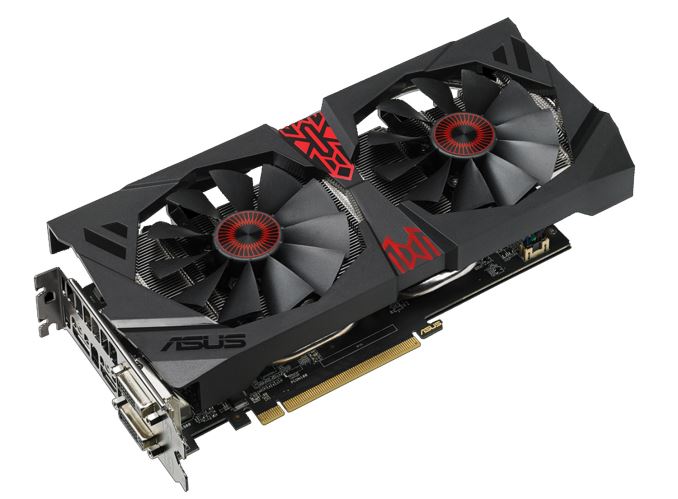
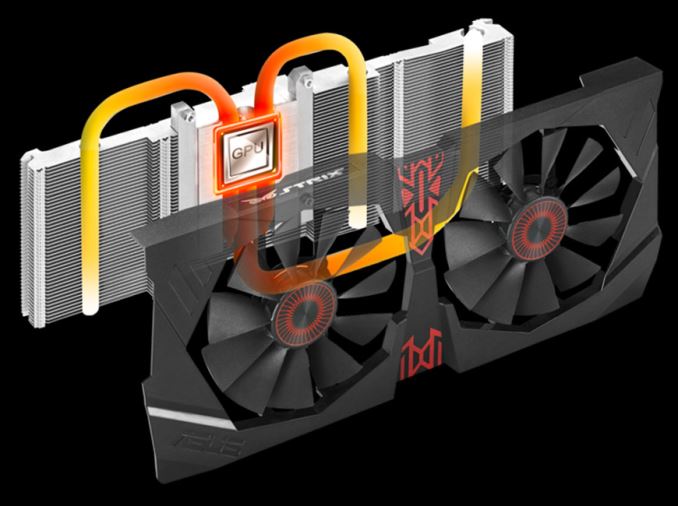
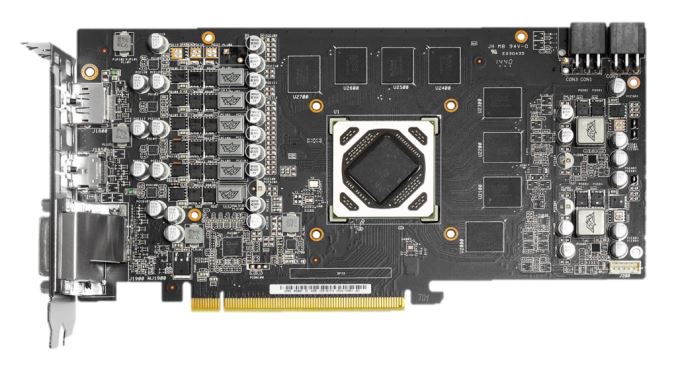
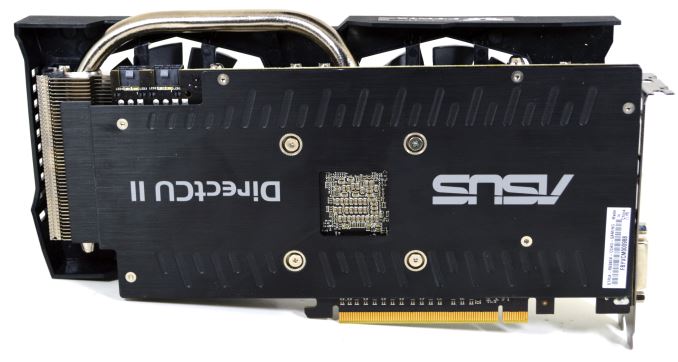

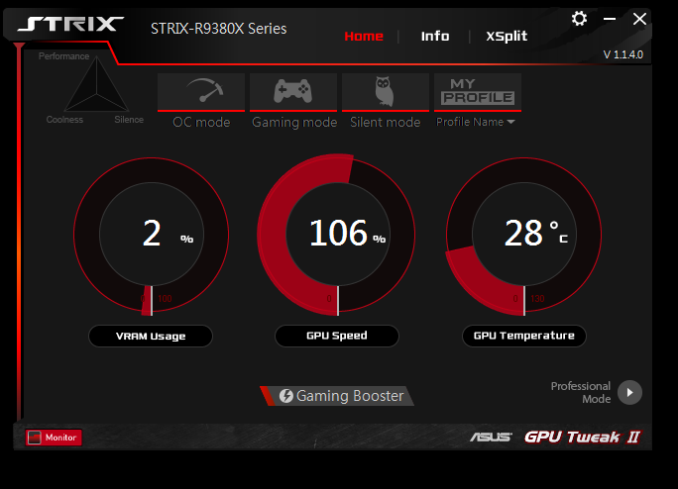








101 Comments
View All Comments
CaedenV - Monday, November 23, 2015 - link
My guess is that these cards are factory OC'd, which means that they would need to be underclocked to run an apples-to-apples comparison at true 'stock' settings.Zeus Hai - Monday, November 23, 2015 - link
Can anyone confirm that AMD's Frame Limiter still doesn't work on Windows 10?nathanddrews - Monday, November 23, 2015 - link
That's news to me.Just for you, I tested it using my i3-2100/HD7750/W10 test mule. VSync globally disabled in CCC, VSync disabled in Dota 2, Frame Target set to 60fps. Steam overlay shows 60fps and I see no signs of tearing or stuttering. To my knowledge, it never stopped working.
Zeus Hai - Monday, November 23, 2015 - link
Hmm.., it should have some tearing because it doesnt really sync with the monitor anyway, mate. Can you set it to 65, 70, 75? Mine doesnt work in LoL, I set it to 60, but it always fires up over 150fps+Dirk_Funk - Monday, November 23, 2015 - link
LoL does have its own fps limiter, so perhaps that's causing a mix-up in the software. Also, LoL might be running in fake fullscreen mode whereas the catalyst fps limiter specifies it will "Reduce power consumption by running full-screen applications at reduced frame rates." I'm gonna go try a round of LoL now because you have me curious.Asomething - Tuesday, November 24, 2015 - link
Mine does, was just benching my new 290x and forgot to turn it off so my results were skewed by the 75fps frame cap i set.nirolf - Monday, November 23, 2015 - link
There's "ASUS R9 Fury OC" mentioned in the first table in the Overclocking section.Ryan Smith - Monday, November 23, 2015 - link
Thanks.Shadowmaster625 - Monday, November 23, 2015 - link
Tonga is an epic disaster. It is less than 10% more efficient than tahiti in terms of performance per watt, and in terms of performance per transistor (fps per mm^2) it apeears to be actually worse. Meanwhile, Nvidia releases maxwell which outperformas kepler on both these metrics not by some paltry 10% or less, but by a very wide margin.CiccioB - Tuesday, November 24, 2015 - link
All the GCN architecture is a disaster.With TeraScale architecture AMD could fight with smaller dies and less W for a bit less performance.
With GCN AMD has to compete using larger and power hungry dies that have brought it to go in red also in the graphics division, while with older TeraScale it at least could be at least on par.
GCN is an architecture not up with that of the competition.
DP64 presence is not the problem, as AMD has kept on reducing it influence over every GCN step (starting from 1/4FP and ending to 1/24FP) with no real results under the power consumption term. They probably could just spare few mm^2 on the die, but they are too way back with memory compression (I can't really believe they never thought about that) and their bus are way too big, expensive and power hungry.
All the architecture is a fail. And DX12 is not going to solve anything, as if they ever raise their performances of 10% over the competition, they are still way back in efficiency both in terms of W and die size.